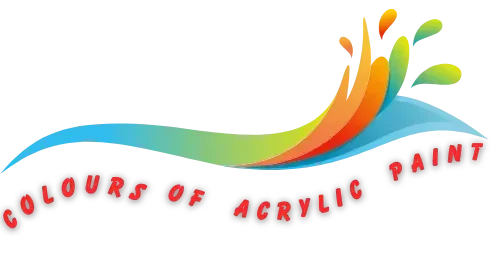In a world filled with an endless array of colors, understanding how to mix and blend them to achieve the perfect shade can be both an art and a science.
The deep, velvety tones of dark red evoke a sense of passion, drama, and sophistication, making it a sought-after color in various creative endeavors.
Whether you’re a painter seeking to capture its intensity on canvas or simply curious about the chemistry of color mixing, let’s find How to make Dark Red Color.

Chemistry of Color Mixing to make Dark Red Color
Color mixing is an art form that involves blending different hues to create a desired shade. To achieve this rich and deep color, a mix of primary colors is essential.
Start with a base of equal parts red and blue to create a vibrant purple hue.
Gradually add small amounts of black or dark green to the mixture until the desired darkness is achieved.
It’s important to remember that small increments of black or dark green can go a long way in transforming the vibrancy of the red and blue base.
Experimenting with different proportions can lead to variations in the darkness of the resulting red shade.
What primary color mix to make dark red color?
Mixing primary colors to create dark red can be a fun and experimental process.
To achieve this rich hue combine equal parts of magenta and yellow.
This combination allows for the depth and intensity of the red to shine through, resulting in a luscious dark red that’s versatile in various artistic pursuits.
The key is to experiment with different ratios and intensities of the primaries until the desired shade is achieved.
What Secondary color mix to make dark red color?
1 Method
To achieve this rich hue, one can mix the primary colors of red and blue to create a secondary color known as violet.
By adding a touch of black to the violet mixture, the dark red shade intensifies, conjuring images of romance and elegance.
2 Method
Another route to creating dark red involves blending equal parts of primary colors red and green to produce a vibrant shade of yellow. Then, by incorporating shades of maroon or burgundy into the mix, the yellow transforms into a deeper, more complex dark red color. This method allows for greater customization and tonal variation in achieving the desired depth and richness in the final hue.
Dark Red Color Code
#8B0000
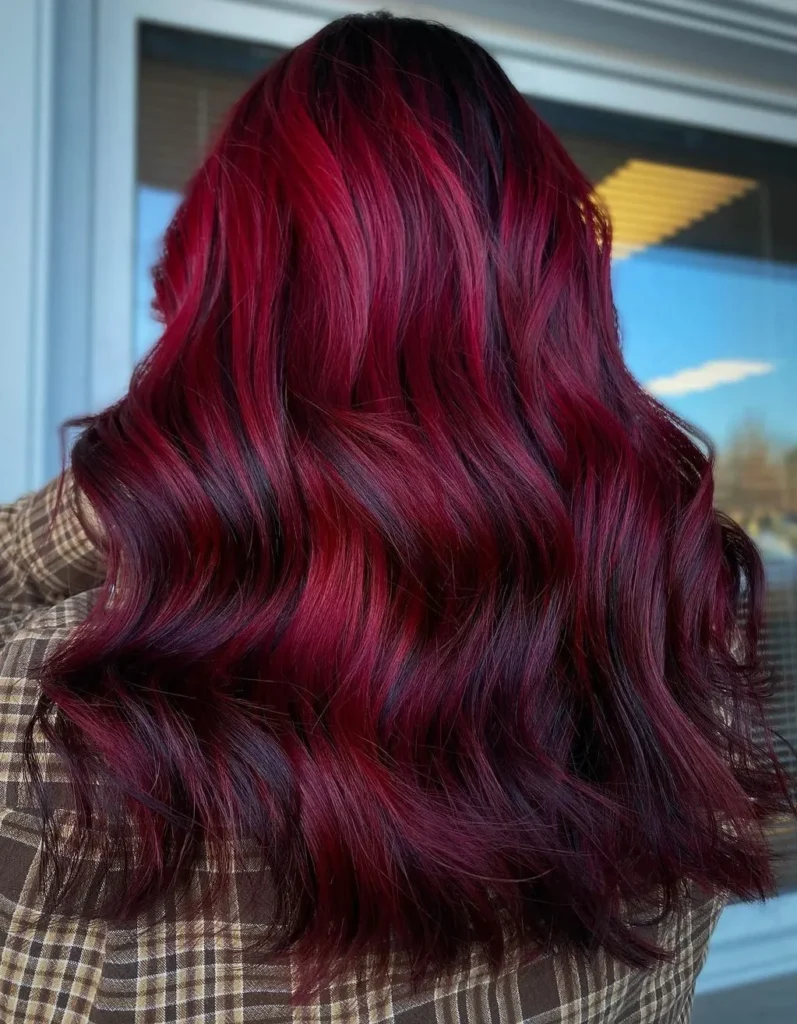
Different shades and tints of Dark Red Color
From deep burgundy to maroon and crimson, each variation carries its own unique charm.
Burgundy
Burgundy exudes sophistication and elegance, while maroon embodies a sense of warmth and depth.

Crimson
The intense hue of crimson radiates passion and vitality.
Each shade of dark red has the power to create different atmospheres in interior design, fashion, and art. A touch of burgundy can add an air of luxury to a room, while maroon accessories can bring a cozy feel to any outfit.

In art, the use of varying tints of dark red can convey diverse emotional undertones within a single composition — from melancholy to determination.
Read also about How to Make
How to make Dark Red Color with food colors?
Method#1
To make a rich dark red color using food coloring, start with a base of red or pink food coloring.
Then, gradually add small amounts of black food coloring until the desired darkness is achieved.
Method#2
Mix equal parts of red and blue food coloring together to create a deep purple hue
Then add a touch of orange food coloring to bring out the vibrant red tones.
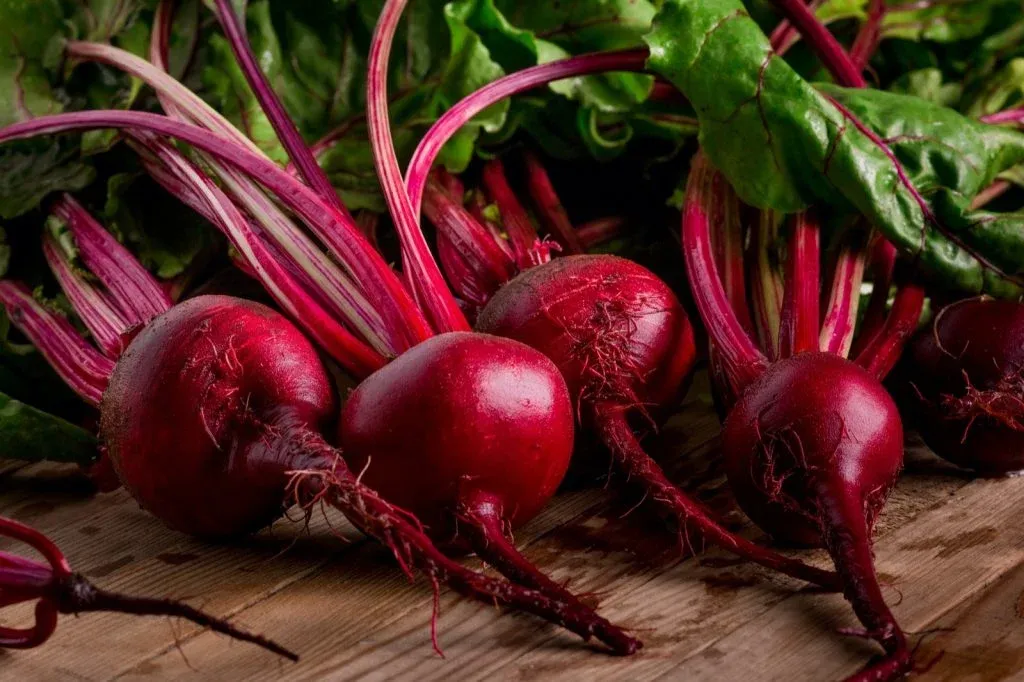
Natural approach
For an all-natural approach, consider using beet juice as a primary source for creating dark red color in your culinary creations.
Simply squeeze fresh beet juice into your recipe or use it as a base for your homemade food coloring. This not only adds depth and richness to the color but also provides an earthy and natural flavor.
Experimenting with different combinations of primary colors and natural sources can open up new possibilities for achieving the perfect dark red shade in your dishes.
Whether you opt for traditional food dyes or prefer to explore natural alternatives, creating this captivating color can add visual appeal and sensory delight to any culinary masterpiece.
Which color goes with the Dark Red Color?
When considering which colors to pair with dark red, it’s important to choose hues that complement rather than compete.
Dark red with gold
One stunning option is to combine dark red with gold, creating an opulent and regal ambiance. The warmth of gold beautifully offsets the intensity of dark red, adding a touch of glamour and sophistication to any space or outfit.
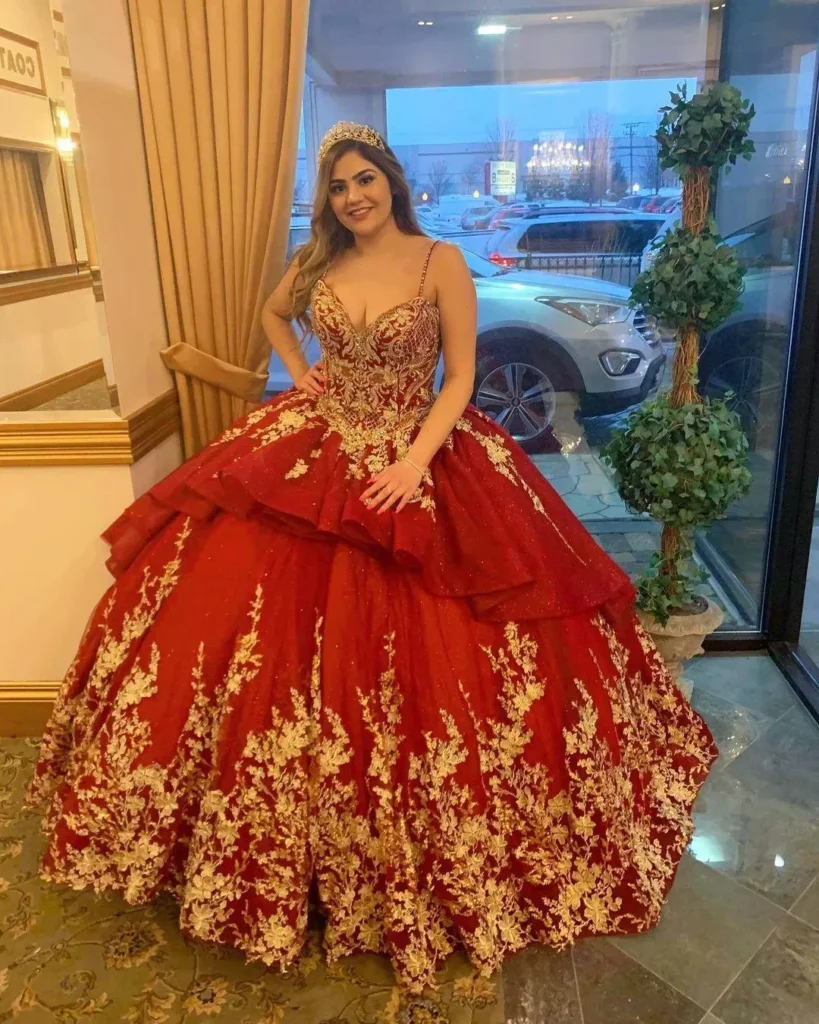
Dark red with navy blue
Another complementary color for dark red is navy blue. The deep, calming tones of navy blue provide a striking contrast to the vividness of dark red, resulting in a visually appealing combination that exudes elegance and refinement.

Whether used in interior design or fashion, the pairing of dark red with navy blue adds depth and complexity while maintaining a sense of harmony. By incorporating these sophisticated color combinations into your decor or wardrobe, you can elevate the impact of dark red and create captivating visual experiences that are both timeless and stylish.
When exploring the versatility of dark red, consider experimenting with different textures and patterns alongside its complementary colors.
By combining plush fabrics such as velvet or silk with metallic accents like brass or silver, you can further enhance the allure and allure powerfully unique aesthetic appeal infusing energy into any setting while also providing tailored personal styling statements through engaging storytelling compositions crafted for spectacular visual effects.
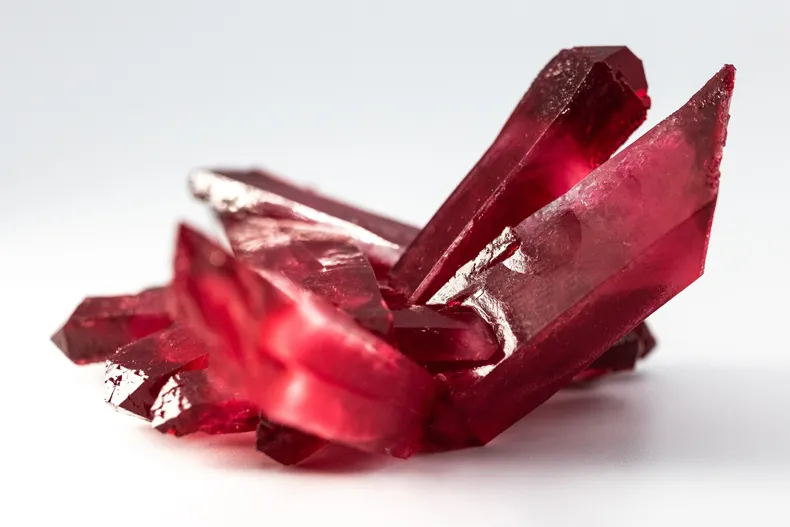
Conclusion
The process to make dark red color involves a careful mixture of primary and secondary colors. By combining equal parts of crimson red and forest green, or by blending together magenta and a touch of black, you can achieve the rich, deep hue of dark red. Experimenting with different ratios and shades can help you customize the color to suit your specific needs.
